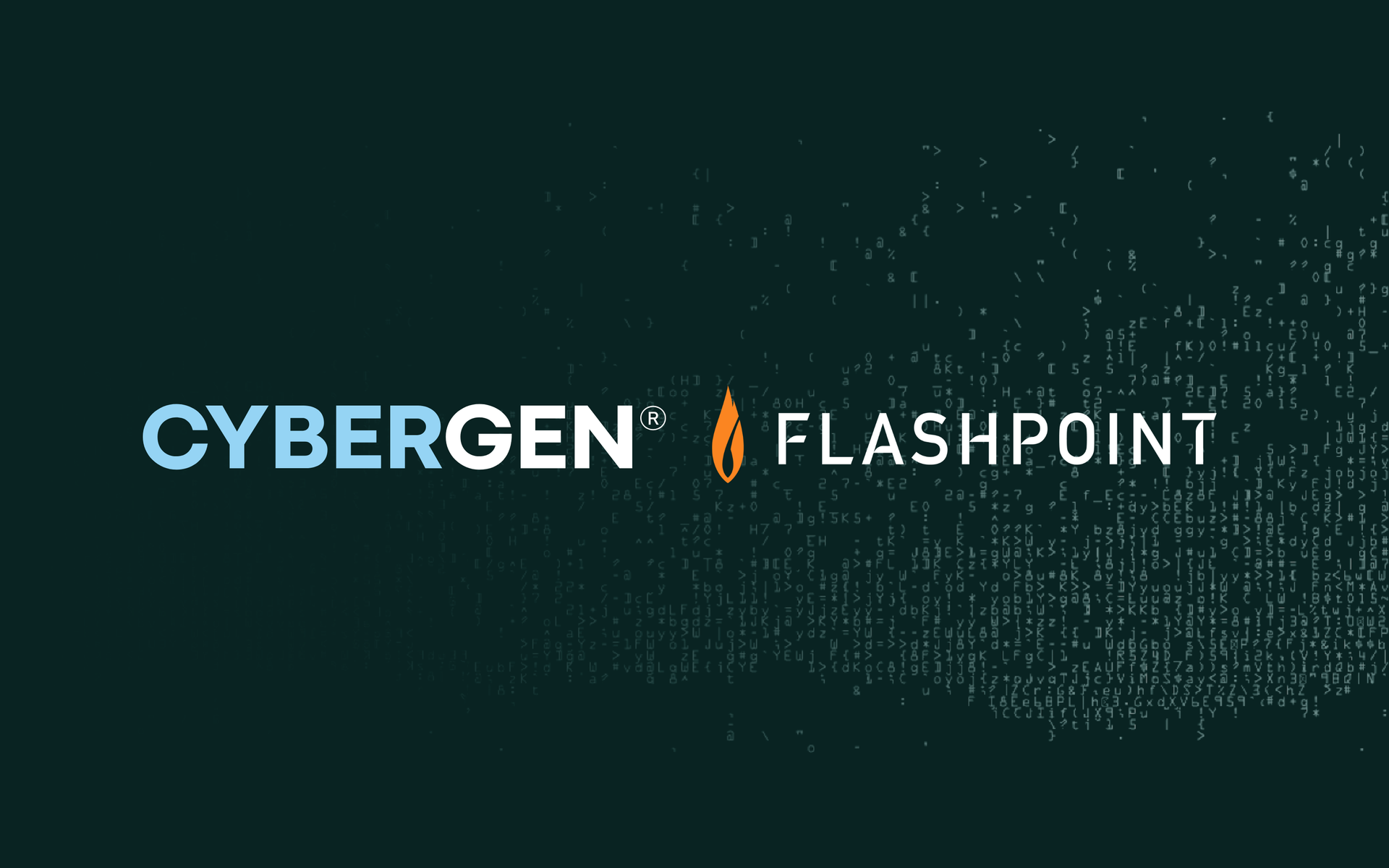Achieving ISO 27001:2022 Compliance, Your Complete UK Consultancy Guide
Introduction
With today’s regulatory scrutiny and rising stakeholder expectations, achieving ISO 27001 compliance is more critical than ever. With the 2022 revision of the standard now in full force, businesses across the UK must adapt to new requirements and evolving risks.
This blog is for business leaders, IT managers, compliance officers and anyone tasked with protecting organisational data. Whether you operate in finance, healthcare, education or technology, you will gain valuable insight into building a compliant and resilient information security framework.
What Is ISO 27001:2022 Compliance?
Understanding the Key Requirements for ISO 27001:2022 Compliance
The revised standard places stronger focus on leadership involvement, risk-based thinking and performance evaluation. Businesses must demonstrate alignment between their information security objectives and broader business goals.
Annex A has been updated to reflect 93 controls grouped into four themes: organisational, people, physical and technological. A new clause also addresses climate and environmental concerns, highlighting the increasing intersection between cybersecurity and ESG.
Core documentation requirements include a defined scope, risk treatment plans, control objectives, and continual improvement mechanisms. Organisations must also provide evidence of training, awareness and audit activities.
Avoiding Common Pitfalls During Implementation
Many organisations struggle with ISO 27001 implementation due to a combination of insufficient planning, limited internal expertise and constrained resources. While the framework is designed to be scalable and adaptable, these challenges often result in a compliance project that either stalls midway or fails to deliver long-term value.
One of the most common issues is scope creep. This happens when an organisation attempts to include too many systems, business functions or subsidiaries in the initial scope. While ambitious intentions may appear thorough, they often dilute focus and overextend the implementation team. The result is confusion, missed deadlines and a risk of failing to implement controls effectively. A more efficient approach involves starting with a clearly defined, manageable scope that reflects the most critical or high-risk areas of the business. Expansion can occur gradually once maturity is demonstrated in the core implementation area.
Another frequent mistake is conducting superficial risk assessments. A core component of ISO 27001 is the identification and treatment of information security risks. However, many organisations rely on off-the-shelf templates or high-level checklists that are not tailored to their actual operating environment. This leads to assessments that fail to uncover real vulnerabilities or misjudge risk impact. Effective ISO 27001 risk assessments must consider the unique business context, the value of assets, real-world threats, and actual threat actors. Without this depth, the resulting controls will lack precision, potentially leaving exploitable gaps. Engaging a consultant for this phase can provide fresh insight, particularly when internal teams are too close to the systems to identify flaws objectively.
Documentation overload is another widespread trap. ISO 27001 requires documentation to demonstrate that an Information Security Management System (ISMS) is both implemented and effective. However, there is a misconception that compliance is proportional to the number of documents generated. Organisations sometimes produce hundreds of pages of policies, procedures and forms—often unreviewed, outdated or poorly maintained. This creates unnecessary administrative burden and fails to reflect operational reality. The true goal is evidence-driven documentation that supports decision-making, aligns with business workflows and enables auditability. Systems like document control registers, clear version histories, and training logs are far more effective than bulk uploads of static files.
Closely related is the over-reliance on spreadsheets and manual tracking. While spreadsheets may be useful for initial planning or asset inventories, they are notoriously difficult to manage and scale. They lack version control, automated workflows, or audit trails—all of which are critical for ISO 27001 compliance. Many organisations fall behind in their security programme simply because their documentation lives in disparate folders with no central management. Cloud-based governance tools or ISO-aligned GRC platforms offer more sustainable solutions by integrating risk registers, audit logs, control mappings and reporting dashboards into a unified interface.
Another underestimated pitfall is poor internal communication and change management. Information security is not purely a technical or IT concern, it is a business-wide commitment that involves people, processes and leadership. Failing to engage stakeholders early, particularly in non-technical departments, often leads to resistance or passive compliance. This undermines the effectiveness of policies and encourages workarounds that increase risk. For successful implementation, all employees need to understand their responsibilities under the ISMS and feel that security is an enabler, not a barrier.
Finally, failing to plan for post-certification maintenance is a strategic misstep. ISO 27001 is not a one-time project. Maintaining certification requires ongoing risk reviews, internal audits, continual improvement, and management reviews. Organisations that treat certification as a one-off deliverable are more likely to see their security posture deteriorate over time. It is vital to allocate resources and establish ownership for the ISMS beyond the initial audit. Setting up governance committees or quarterly review sessions can ensure continuous alignment between security goals and business objectives.
Avoiding these pitfalls requires strategic oversight, stakeholder buy-in and a pragmatic understanding of ISO 27001’s intent. By learning from common mistakes and applying contextual judgement, organisations can implement a compliant, resilient and business-aligned ISMS that not only satisfies auditors but genuinely strengthens their security posture.
The Value of Working With an ISO 27001 Consultant
Engaging with a qualified ISO 27001 consultancy can transform the certification process from a daunting challenge into a structured, achievable project. Consultants bring experience and clarity, allowing businesses to avoid unnecessary setbacks and move forward with confidence.
The process typically begins with a comprehensive gap analysis. This assessment determines how close your current information security posture aligns with ISO 27001:2022 requirements. Rather than making assumptions, consultants identify specific gaps that need to be addressed across policies, controls, documentation, and risk management procedures. This initial insight creates a clear and focused roadmap.
Once the gap analysis is complete, consultants assist in designing or refining the Information Security Management System (ISMS). They help establish a logical structure for documentation, implement appropriate controls, and guide your internal teams through change management. By providing real-world templates, playbooks and workflows, consultants reduce the burden on internal resources and accelerate progress.
Internal audits are another essential stage where consultancies offer high value. These audits simulate the conditions of the external certification audit and highlight areas that need improvement. Consultants guide your business through mock interviews, evidence gathering and corrective actions, ensuring that your final assessment is both efficient and successful.
Consultants also stay current with evolving regulatory and compliance landscapes. ISO 27001:2022 includes new emphasis on organisational context, climate-related risks and governance maturity. An experienced consultant can interpret these nuances and ensure your compliance strategy reflects the latest expectations from auditors, stakeholders and regulators.
Beyond certification, consultants provide long-term value. They help maintain compliance, refine controls in response to changing threats and assist with training initiatives. This ongoing support ensures that your ISMS remains a living framework, not a static set of documents.
By working with Cybergen, you receive expert guidance tailored to your sector, risk profile and goals. Our team does more than deliver documentation; we empower your staff with the knowledge, processes and support to sustain compliance over the long term. This holistic approach helps build a security culture that strengthens resilience and demonstrates trustworthiness to partners, clients and regulators.
The Role of Penetration Testing in ISO 27001
Penetration testing supports the standard’s requirement for evaluating control effectiveness. It simulates real-world attacks to identify exploitable weaknesses in networks, systems and applications.
For instance, a company that stores customer data in a cloud application may pass initial ISO checks but still be vulnerable to configuration flaws. Pen testing reveals these issues and provides evidence of corrective action, which strengthens your ISMS.
Penetration testing should align with ISO 27001’s risk treatment plan, helping to validate and prioritise technical controls. Cybergen offers tailored testing that maps directly to your compliance objectives.
Adapting ISO 27001 for SMEs and Enterprises
While ISO 27001 provides a universal framework for managing information security, the path to implementation varies greatly depending on an organisation’s size, complexity and available resources. Small and medium-sized enterprises (SMEs) and large enterprises face distinct challenges and require different strategies to achieve effective compliance.
For SMEs, the primary concern is often capacity. These organisations frequently operate with limited in-house security expertise, stretched IT teams and tight budgets. As a result, there is often little time to dedicate to the development of a robust Information Security Management System (ISMS) without external support. The absence of dedicated compliance or governance personnel can also lead to gaps in risk identification and control implementation. This is where consultancy becomes particularly valuable, offering structure, clarity and ongoing support throughout the project lifecycle.
SMEs typically benefit most from modular rollout approaches, where implementation is broken into manageable stages. Rather than attempting to apply all controls at once, SMEs can begin by prioritising high-risk areas such as access management, incident response, and data protection. Using pre-designed templates and simplified risk models, SMEs can achieve meaningful compliance without being overwhelmed by technical jargon or administrative burden. This targeted approach enables early success, which can then be built upon over time.
Large enterprises, in contrast, often have established compliance functions and IT governance structures. However, the challenge lies in coordination. Enterprises must embed ISO 27001 within complex organisational hierarchies, legacy systems, and expansive supplier networks.
Implementation requires robust project management, strong leadership engagement, and tailored communication strategies across departments. Integration with enterprise-wide platforms, such as ERP systems, SIEM tools, or GRC suites, is essential to ensure ISO 27001 is not siloed from broader risk management practices.
At this scale, training also needs to be segmented. While senior leaders require strategic awareness of ISO 27001 objectives, operational staff need practical, role-specific guidance. Cybergen provides adaptive training resources designed to suit both small teams and large, distributed workforces.
Cybergen’s tailored consultancy approach ensures that both SMEs and enterprises receive a plan suited to their environment, not just a standardised playbook. From scoping and control selection to documentation and culture-building, our strategies are scaled to meet operational maturity. Whether you are just beginning your ISO 27001 journey or enhancing an existing system, Cybergen helps ensure your ISMS works for your business, not the other way around.
ISO 27001 Readiness Timeline
Preparing for ISO 27001 certification involves several key stages. First is the gap analysis, followed by risk assessment, control implementation, internal audit and then formal certification. This process can take between three to twelve months, depending on your starting point.
To stay on track, assign internal champions, create a milestone-driven project plan and use automation tools to manage document control. Cybergen provides readiness assessments and roadmaps that reduce overhead while boosting success rates.
The Cybergen Approach to ISO 27001 Consultancy
Cybergen offers a full spectrum of ISO 27001 consultancy services tailored for the UK market. We begin with an initial review to assess current gaps, then guide you through policy development, implementation, training and audit preparation.
Our approach is hands-on, collaborative and focused on outcomes. We align information security with your business priorities and ensure your ISMS remains a living system, not just a box-ticking exercise.
We also provide penetration testing, policy drafting and incident response exercises as part of a holistic compliance solution.
Summary
ISO 27001:2022 is more than just a certification. It is a commitment to structured, proactive and resilient information security. In an era of relentless cyber threats and expanding compliance obligations, achieving certification is a strategic advantage.
By understanding the revised requirements, avoiding common pitfalls and working with expert consultants, your organisation can build a robust ISMS that delivers real business value.
Whether you are a small business taking your first steps or an enterprise seeking to upgrade your framework, Cybergen is ready to support your compliance journey with expert guidance and proven tools.
Take the next step towards ISO 27001:2022 readiness today.
Ready to strengthen your security posture? Contact us today for more information on protecting your business.
Let's get protecting your business
Thank you for contacting us.
We will get back to you as soon as possible.
By submitting this form, you acknowledge that the information you provide will be processed in accordance with our Privacy Policy.
Please try again later.








